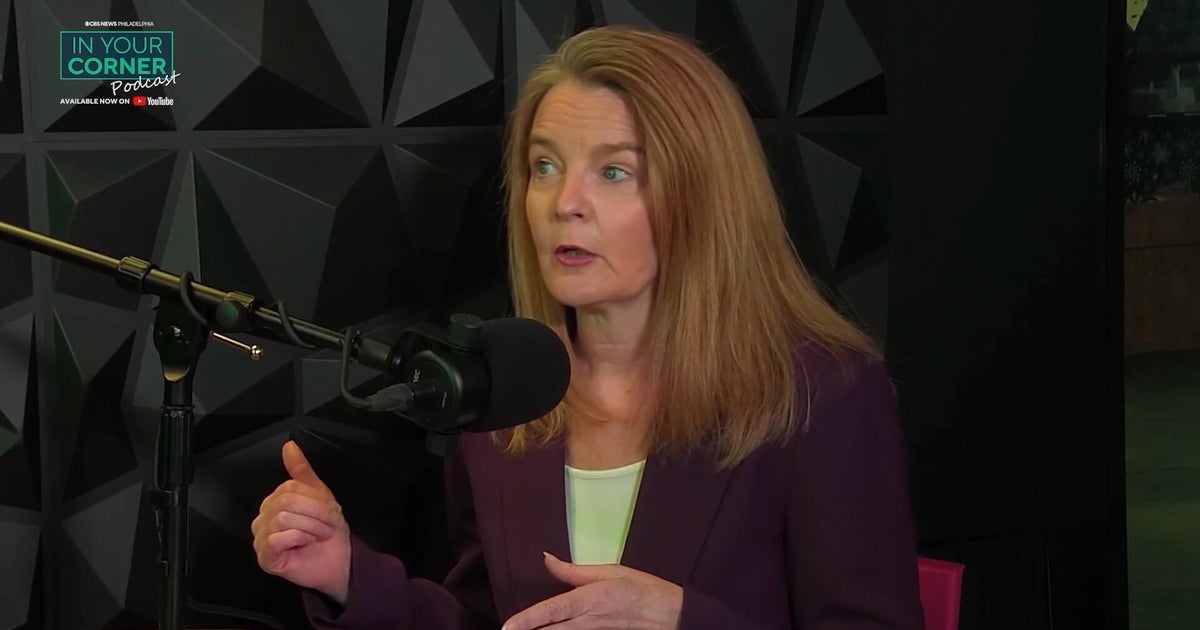6 surprising facts to know about credit card debt forgiveness
If you aren't paying off what you owe in full, your credit card debt can be a persistent burden — one that grows heavier with each passing month. And, that's even more true now that the average credit card rate is closing in on 24%. At that rate, the interest charges will compound quickly, making it tough to dig out of your mounting debt.
That's why some cardholders turn to debt relief strategies, like credit card debt forgiveness (or debt settlement), for a potential lifeline. The goal of debt forgiveness is to get your creditors to accept a settlement that's lower than your full balance. If successful, you pay a portion of what you owe with a lump sum and the rest is "forgiven" — meaning that you pay just a fraction of the original balance.
Debt forgiveness can be far more complex than many people realize, though. There are numerous factors at play, and understanding these nuances is crucial if you're considering credit card debt forgiveness as a path to financial recovery.
Learn more about how debt settlement (and your other debt relief options) could benefit you.
6 surprising facts to know about credit card debt forgiveness
If you're planning to enroll in a credit card debt forgiveness program, make sure you understand the following:
Full balance forgiveness is rare
You may assume that debt forgiveness means wiping the slate entirely clean, but that's not the case. While your credit card issuers may be willing to negotiate a reduced payoff amount, it's extremely rare for them to forgive 100% of your debt. Credit card companies will typically agree to settle for between 30% to 50% of the original balance instead. This reduction can still provide significant relief, but it's important to adjust your expectations accordingly.
Compare your debt relief solutions and start tackling your debt today.
Negotiation is not guaranteed
Many people assume that if they're in financial distress, their credit card company will automatically work with them to find a solution. That's not always the case, though. Credit card companies have no legal obligation to forgive your debt or enter into negotiations. Whether a credit card issuer decides to negotiate often depends on various factors, including your payment history, the age of the debt and the company's internal policies.
There are tax implications of forgiven debt
Another surprising aspect of credit card debt forgiveness is its potential impact on your tax situation. If a portion of your debt is forgiven, you may owe more on income tax, as the IRS generally considers forgiven debt as taxable income.
For example, if you owe $10,000 and your credit card company agrees to settle for $6,000, the $4,000 that was forgiven as part of the settlement could be treated as income on your tax return. This means you might end up owing taxes on that $4,000, which could be an unwelcome surprise when tax season rolls around.
There's a minimum debt threshold
While it varies by company, you typically need to owe at least $7,500 to $10,000 to be considered for these programs. This threshold exists because the process of negotiating and settling debt is time-consuming and resource-intensive. If you owe less than this amount, you may need to explore other options for managing your debt, such as debt consolidation or working with your credit card issuer on a manageable payment plan.
The fees can be substantial
When considering professional debt forgiveness or debt settlement services, it's crucial to be aware that the fees for these services can be substantial. While it varies, most debt relief companies typically charge between 15% to 25% of the enrolled debt or the amount forgiven as their fee, and it's important to weigh these costs against the potential savings.
For example, let's say you owe $10,000 and the fees for the debt relief company are 25% of the enrolled debt. If the debt settlement company negotiates it down to $6,000, you would also owe the debt relief company $2,500 — meaning that you would pay $8,500 in total on the original debt. So while you're still saving money in this case, the fees paid to the debt relief company significantly reduce your net benefit.
DIY debt forgiveness is an option
While many people take the professional debt relief route, what you may not realize is that you can try to have your debt forgiven without the help of a debt settlement company. The main benefit of negotiating settlements on your own is that you can save on the fees associated with professional debt settlement services. And, while that can be a bit more challenging, it also allows you to retain control over the process.
The bottom line
Credit card debt forgiveness can be a valuable tool for those struggling with overwhelming debt, but it's far from a simple or guaranteed solution. Careful consideration, thorough research and realistic expectations are essential for successfully navigating the process. And, knowing the surprising facts about debt forgiveness — from the rarity of full balance forgiveness to the potential tax implications and high fees — can also help you make the right decisions about how to approach your debt.






